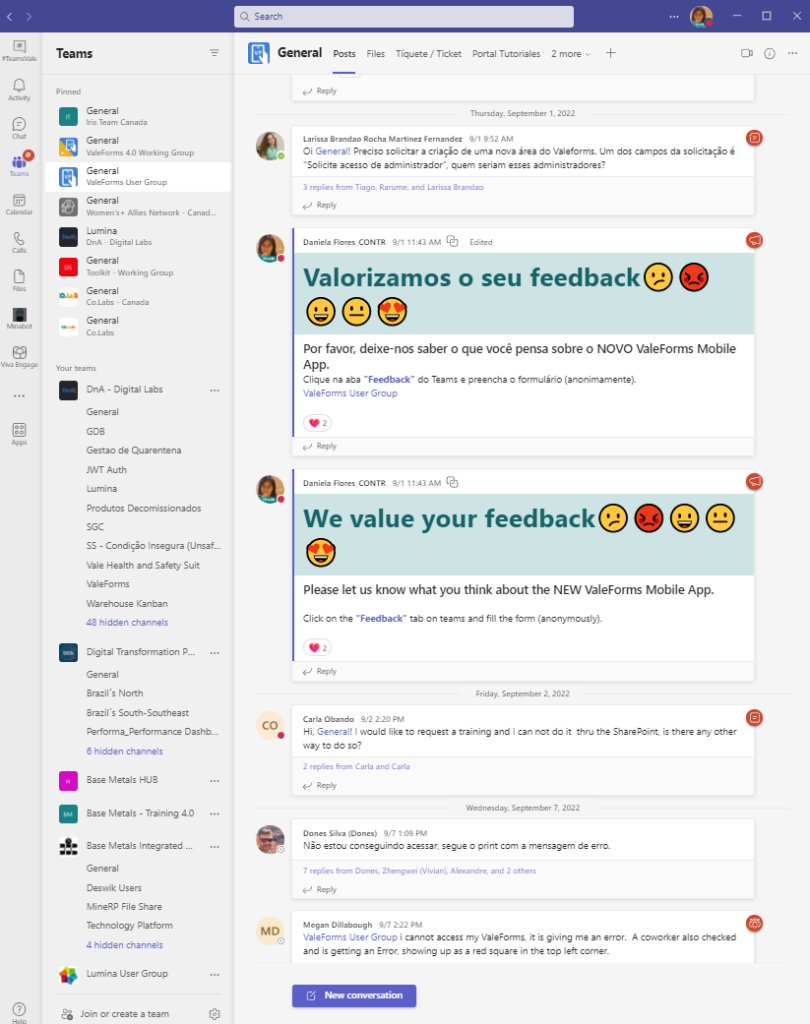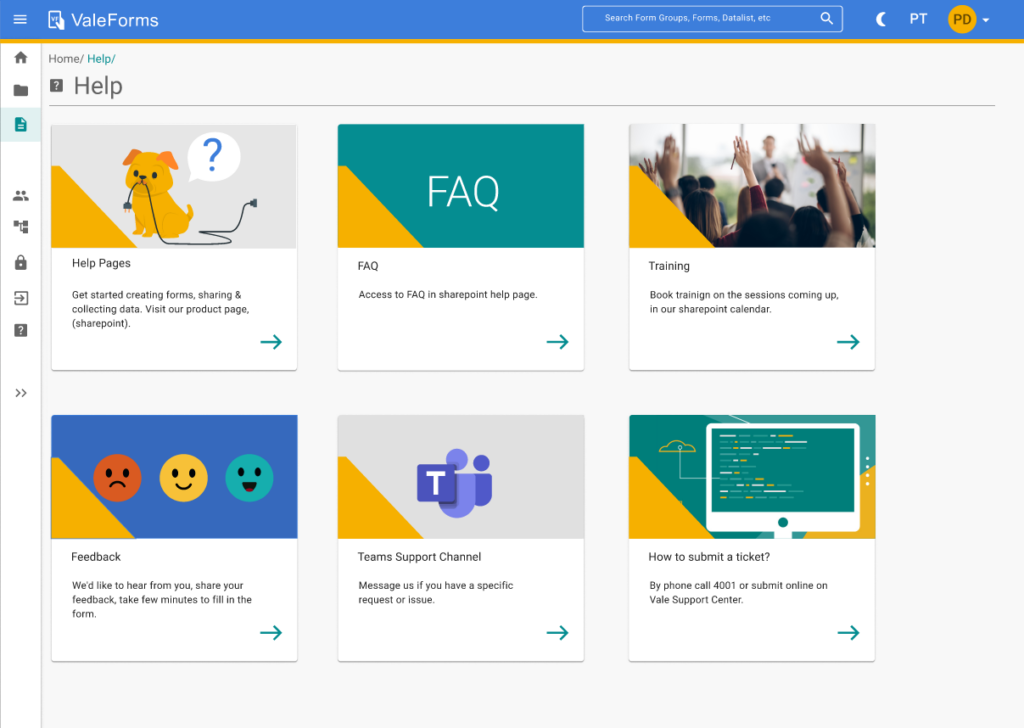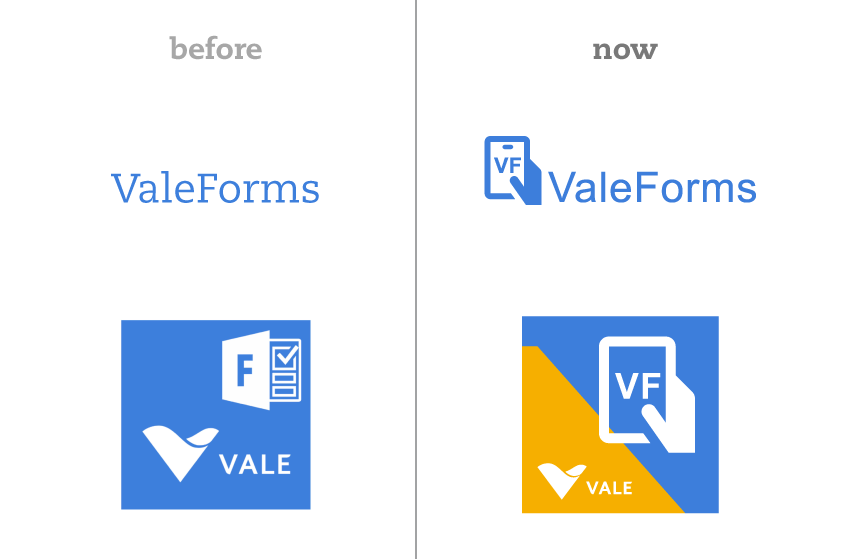Reducing support and training costs by improving form builder web/ mobile app workflow.

B2B | Brand | CX | Information Architecture | Product Vision & Strategy | Stakeholder Engagement | User Research | Product Design | Product Ownership
Product
ValeForms is a web/mobile form builder that collects and manages data in real-time, even offline, to support mining operations, report generation, and workflow automation.
Problem
The fragmented user interface created a confusing experience for non-English speaking users, resulting in high help desk ticket submissions and a greater demand for training.
Primary end user
Management & admin users
Secondary end user
Front-line mine workers and vendors.
Client
Vale S.A. is a multinational mining corporation and the world’s largest producer of iron ore and nickel.
My role
Lead UX / UI Designer, Acting Mobile Product Owner.
Team
Product Manager, Brazil and Canada Stakeholders, Developers, Architect, Global Affairs team.
Timeline
10 months
Outcomes
↑ 32% Increase in Adoption Rate
↓ 65% Reduction in Support Ticket Costs
↓ 83% Decrease in Training Time
Context
The Problem

ValeForms, build a form or workflow in minutes, share, and collect data in real-time, offline.
ValeForms initially served over 1000 employees in 2019. However, its role changed dramatically with the 2020 pandemic. Vale needed a way for essential workers to continue production safely, and ValeForms became the key tool for COVID screening. This was because it could integrate with the secure IDs of about 125,000 employees and vendors, something that other form builders (like Forms stack, Microsoft forms, etc.) couldn’t do.
While ValeForms grew significantly, with form submissions increasing by 76% and supporting 25,000 users globally, the user experience had problems. Users found the interface confusing, especially those who didn’t speak English, which led to many help desk tickets and training requests. This poor experience pushed users to switch to easier-to-use alternatives like Microsoft Forms, causing issues such as data silos and making it harder to track important metrics.
IMPACT
Within 6 months of the release, we boosted adoption rates and user satisfaction while reducing support tickets and training needs.
Quality Impact:
Increased
User percieved value
Interface is not only more accessible, even in underground environments, but data visualization real time, centralized information and templates for complex workflows and forms.
Decreased
Data Silos
Users can input forms on the go or even 12,000 m under ground from their own device, this helps the business to avoid data silos, compliance risk and track KPIs.
Quantity Impact:
14%
Increase
Adoption rate for mobile app increased from 3,200 users to 3,700 increased across Brazil, Paraguay, Canada, UK, Switxerland, Mozambique, Malawi, Oman, Japan, China & Malaysia.
65%
Reduction
Customer support ticket cost decreased from 2,890 submissions to 260 tickets in 1 year.
96%
Reduction
Time spent by trainers in portuguess and english decreased from 171 hours monthly to 1.5 hrs monthly.
Process
Project Phases & Frameworks
Research & Discovery →
- User Research (Personas, interviews, satisfaction surveys)
- Architecture audit.
- Interface accessibility evaluation.
- Hotjar recording analysis.
- Stakeholder Presentation
Defining & Integration →
- Double diamond and product strategy alignment.
- Road map for web back-end architecture and front-end interface.
- Stakeholder Presentation
- Re-brand
Prototype &
Test →
- Flow diagraming & user story documentation.
- Wireframing
- User testing
- Create a Design System.
- Stakeholder Presentation
Implement & Handoff →
- Feedback adjustment.
- Handoff to the design team.
- Support quality assurance testing.
- Roadmap for mobile
I led the UX design process for ValeForms 4.0, from research to handoff. In the Research & Discovery phase, I crafted the user research strategy and led 22 user interviews across global locations to understand diverse user needs. This research informed product strategy and roadmap development, including wireframing. My responsibilities extended to prototyping, testing, and creating a design system, and finally, supporting implementation and handoff.
New Brand Identity and Custom Illustrations

Creating a Unified Design System for Web and Mobile
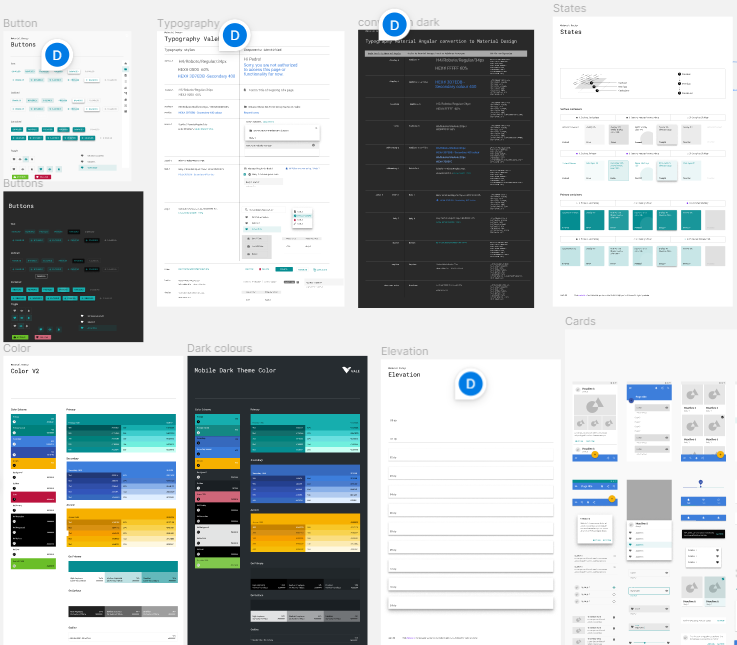
Initial wireframes that allows us to test user flow
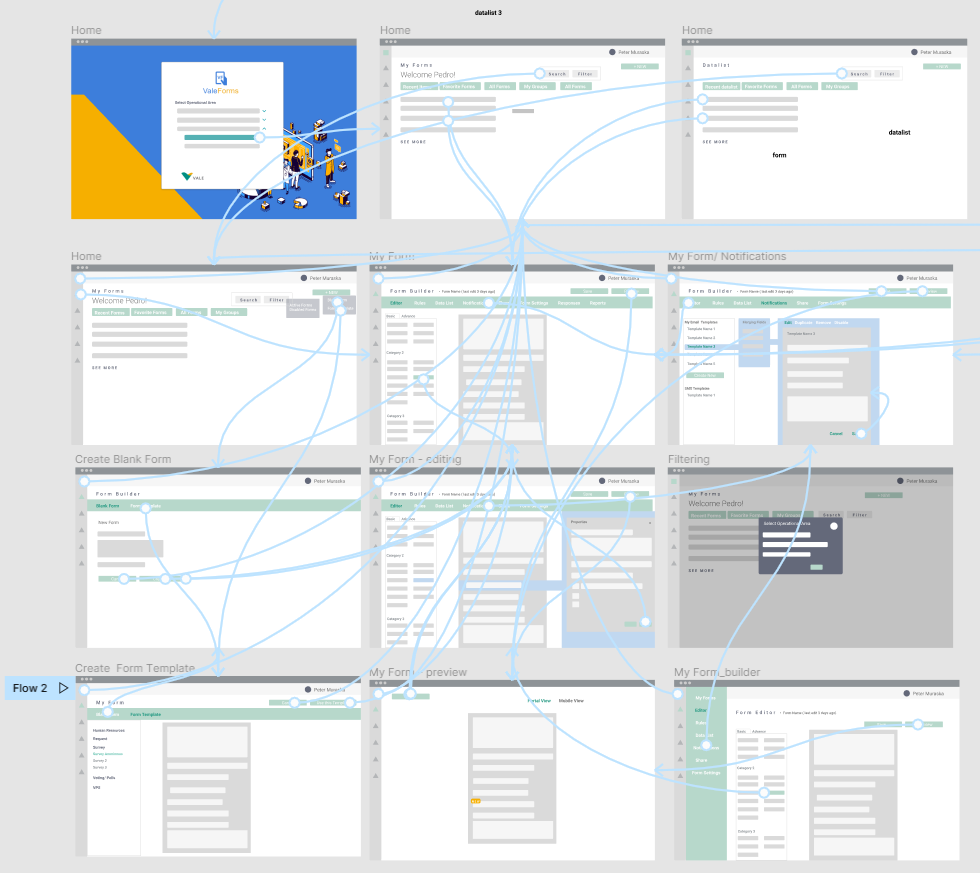
Dashboard

Other Deliverables
Beyond Traditional Support: A Comprehensive CX Approach
Our approach to customer support extended beyond traditional tool interaction by fostering a dynamic support ecosystem. This included creating a multilingual community on Teams, where users engaged with each other and our support team, and developing a product page with language-specific manuals, video demos, and training materials. We further integrated the user experience through collateral items like surveys, walkthroughs, digital ads, and internal social media engagement. This holistic strategy strengthened stakeholder relationships, ensured our backlog remained relevant, and ultimately contributed to a more user-centric product.
